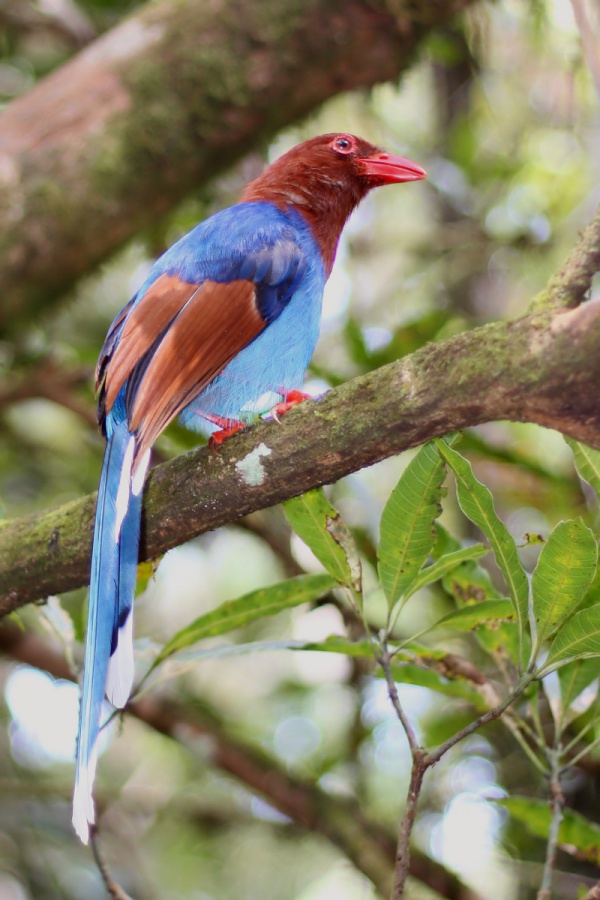Facts About Sri Lanka blue magpie
The Sri Lanka blue magpie, also known as the Ceylon magpie, is a mesmerizing bird from the Corvidae family, endemic to Sri Lanka. Easily identifiable by its vibrant blue plumage, red head and neck, and elongated blue tail adorned with a white tip, this bird is truly a spectacle. Both sexes exhibit this dazzling appearance.
These magpies are adept hunters within the dense forest canopies, although they are not particularly strong fliers. They predominantly inhabit undisturbed forests in the wet, mountainous regions of southern Sri Lanka. Despite their preference for pristine environments, they can tolerate human presence and occasionally interact with people.
The diet of the Sri Lanka blue magpie is diverse, including insects, frogs, small lizards, fruits, and even the eggs of other birds. They also display intriguing behaviors such as mimicry and cooperative breeding, enhancing their appeal.
Regrettably, this splendid species is considered vulnerable. The primary threat to their survival is habitat destruction caused by deforestation for agriculture, logging, and expanding human settlements. Conservation efforts in Sri Lanka include logging bans and legal protections, yet issues like forest dieback and pollution continue to pose significant challenges.
The population of Sri Lanka blue magpies is estimated to be around 9,500 to 19,500 individuals. Although they exhibit some adaptability, the presence of brood-parasitic birds and other disturbances may hinder their ability to thrive in altered habitats.
Conservation measures are crucial for the survival of these vibrant birds. Protecting their natural habitats and addressing existing threats are essential to ensure the Sri Lanka blue magpie continues to dazzle future generations.

 India
India